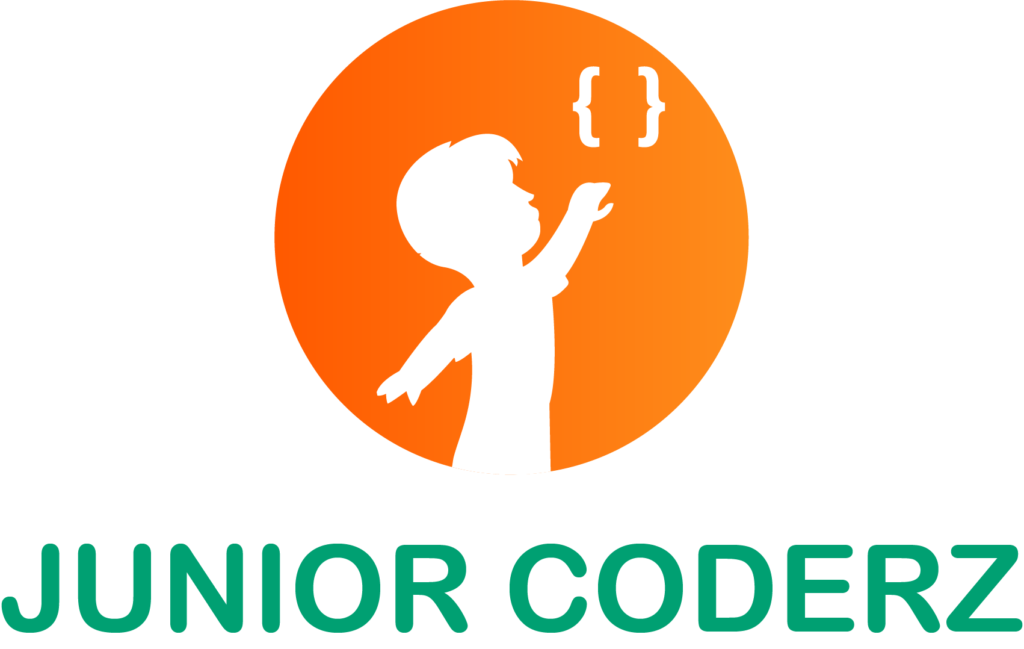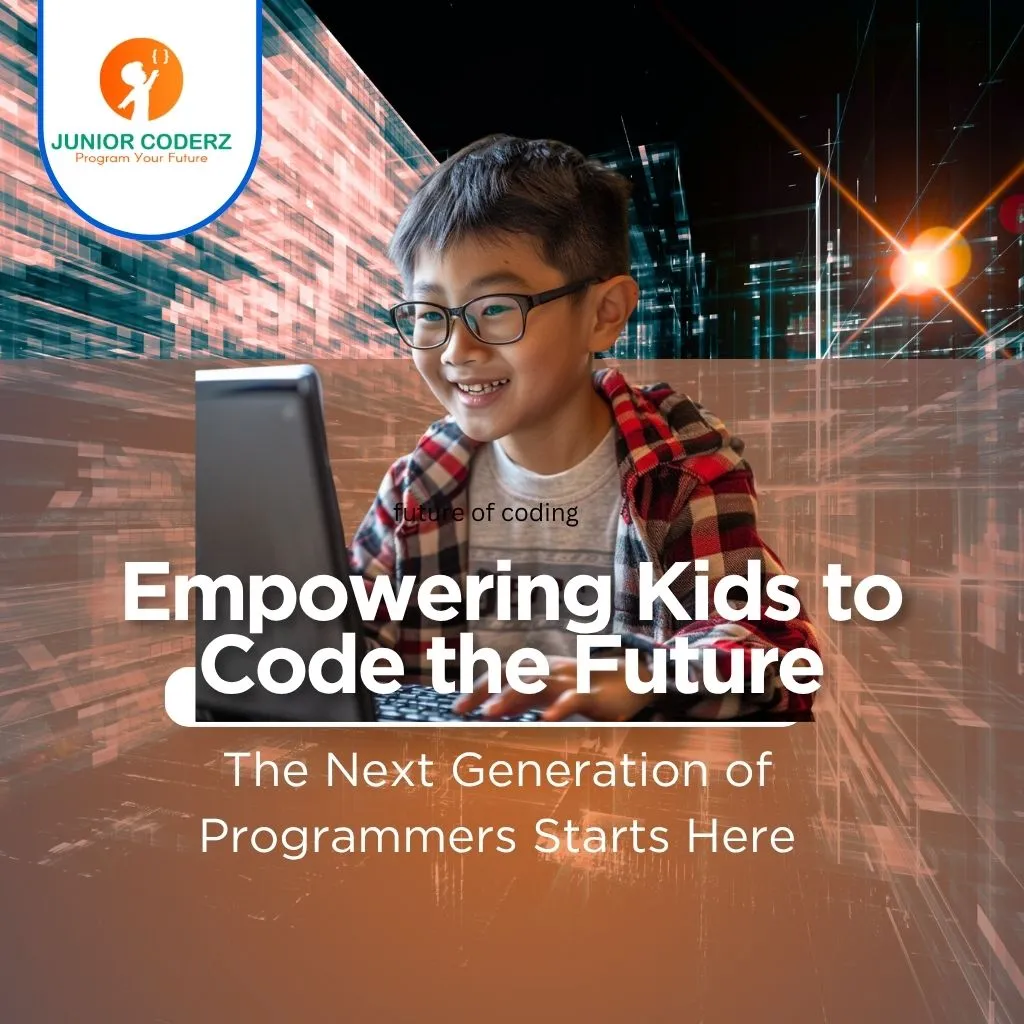The digital revolution is evolving at lightning speed, and with it, the future of coding is becoming increasingly exciting and essential for the next generation. As we approach 2025, technology is no longer just about devices and connectivity. It’s about imagination, creativity, and preparing young minds for roles that haven’t even been invented yet. The programmers of the future won’t just write code; they’ll solve global problems, build virtual worlds, and drive innovation in every field imaginable.
So, what does this mean for our future coders? What tools, languages, and platforms will dominate the landscape? How can we ensure that coding education keeps pace with a rapidly changing digital world? Buckle up, because we’re diving deep into the future of programming and what it means for the kids of today to truly code to the future.
1. Why Coding Is No Longer Optional
The future of coding is not just a trend, it’s a necessity. Digital fluency is becoming as fundamental as reading and math. Children today are growing up in a world where technology is embedded in nearly every aspect of life from communication and transportation to healthcare and education. Just as we teach kids to read and write to navigate the world. We must now teach them to code to thrive in it.
Coding provides children with a deeper understanding of the technology they use every day. It moves them from passive consumers of apps and games to active creators and innovators. As industries increasingly automate processes and integrate AI systems, a basic knowledge of how these technologies work becomes essential. Beyond the technical skills, coding enhances problem-solving abilities, logical reasoning, collaboration, and creativity. It encourages kids to think critically, break down complex problems, and design innovative solutions, skills that are vital for the programmers of the future and transferable across all career paths.
2. Trends Shaping the Future of Programming
- AI & Machine Learning: Artificial Intelligence is no longer just for advanced programmers. Kids today are learning how to train chatbots, create smart assistants, and explore data patterns using kid-friendly AI platforms like Cognimates and Google’s Teachable Machine. These experiences cultivate curiosity about how machines learn and make decisions. That preparing children to lead in a world driven by intelligent systems.
- Low-Code/No-Code Platforms: Many Coding Platforms are revolutionizing how kids build apps and games. These tools offer visual interfaces with drag-and-drop blocks that let students focus on logic, design thinking, and problem-solving without getting bogged down in syntax. This trend is opening doors for more kids to enter the world of programming, regardless of their prior experience.
- Gamification: The integration of gaming elements into coding education keeps students engaged and excited. Platforms like Scratch, CodeCombat, and Roblox Studio turn programming challenges into quests, battles, and creative missions. This approach not only makes coding fun but also enhances long-term retention and encourages iterative learning.
- VR & AR: Virtual Reality (VR) and Augmented Reality (AR) are beginning to shape the way young coders interact with technology. Tools like CoSpaces Edu allow children to design immersive 3D worlds while learning to script behaviors and interactions. As these technologies become more affordable and accessible, coding curriculums will increasingly incorporate experiential learning through virtual simulations and augmented explorations.
3. The Rise of Quantum Computing in Education
Quantum coding may sound futuristic, but it is becoming a reality for young learners. Quantum computing is a new type of computation that leverages the power of quantum bits (qubits). It can exist in multiple states simultaneously. This allows for solving complex problems far beyond the capabilities of traditional computers. Educational tools such as IBM Quantum Experience and Qiskit are being adapted to suit younger audiences by simplifying core concepts through visual simulations and interactive lessons.
By 2025, more advanced STEM curriculums will begin incorporating quantum programming modules designed specifically for middle and high school students. These lessons will focus on teaching concepts such as superposition, entanglement, and quantum gates in a hands-on, visual way. Introducing these foundational ideas early on helps prepare the next generation of tech leaders to innovate in areas like cryptography, medical research, and environmental modeling.
4. Code to the Future: Languages Kids Will Learn

Python continues to reign as a favorite for beginners due to its clean syntax and versatility. It’s widely used in web development, data science, artificial intelligence, and even robotics. Its readability makes it ideal for kids transitioning from block-based to text-based programming.
Alongside Python, kids are also learning JavaScript to build interactive websites and games. JavaScript is the language of the web, and its flexibility allows young programmers to see results immediately in a browser, boosting motivation and engagement. Apple is introducing Swift in classrooms to help children easily develop iOS apps, especially using tools like Swift Playgrounds.
Block-based languages like Scratch and Blockly remain the foundational tools for early learners. These platforms help kids grasp logical flow, sequencing, and conditionals before advancing to text-based code. As they build confidence, students may branch into more complex languages like C++, Java, and even experiment with quantum-specific languages like Q# and Quirk to stay ahead of emerging technologies.
5. Programmers of the Future: Skills Beyond Code
Future coders won’t just know how to type lines of code. They’ll be critical thinkers, ethical innovators, and emotionally intelligent collaborators. The tech world is increasingly recognizing that success in programming isn’t just about technical mastery, it’s about how well individuals can solve problems, adapt to change, and work with others. As coding becomes more integrated into daily life, students must be able to communicate ideas, manage conflicts, and think empathetically about the technology they create.
Coding education in 2025 will emphasize soft skills just as much as technical ability. Curriculums are being designed to foster teamwork through collaborative projects, develop leadership through peer mentoring, and promote ethical thinking through real-world challenges. For example, children may work on projects that explore privacy in apps or build inclusive platforms for users with disabilities. This focus on holistic development ensures students are not only capable coders but also responsible digital citizens.
6. Equity in Tech: Closing the Access Gap
The future of coding must be inclusive to ensure every child regardless of background has a chance to thrive in the digital age. Historically, access to quality coding education has been limited by geographic, socioeconomic, and gender-related barriers. However, that narrative is changing. Educational platforms are increasingly focusing on accessibility, offering low-cost or free coding resources and devices to children in underserved communities.
Organizations and initiatives are targeting underrepresented groups in tech, including girls, rural students, and children from minority communities. Programs such as Girls Who Code and Code.org’s diversity drives are helping bridge the gap by fostering interest and confidence through relatable mentors and supportive learning environments. By empowering all young learners to become future coders, we’re paving the way for a tech industry that reflects the diversity of our world—and builds technology that serves everyone more equitably.
7. The Evolution of Learning Platforms
Interactive AI tutors, personalized lesson paths, and gamified learning are becoming the new norm in tech education. Unlike traditional teaching methods, these modern platforms adapt to each learner’s pace, helping kids overcome challenges and reinforce concepts based on real-time feedback. AI-powered tools such as ChatGPT can serve as on-demand coding mentors, answering questions, explaining logic, and even helping debug code interactively.
Tynker and Cognimates combine artificial intelligence and creativity to offer structured learning modules where kids not only follow instructions but build their own projects. This hands-on, exploratory learning method makes coding more accessible and enjoyable. These platforms also integrate features like progress tracking, game-based assessments, and challenges to keep learners motivated. As a result, kids develop both technical and cognitive skills in an engaging digital environment tailored to their unique interests and abilities.
8. Parental & Educational Support Systems
Parents and schools play a crucial role in nurturing young programmers of the future. Their encouragement and involvement can make the difference between passive exposure and active learning. Schools that incorporate computer science early on and provide structured opportunities like coding boot camps, robotics clubs, and interdisciplinary projects help embed coding into everyday learning.
Meanwhile, parents can foster curiosity at home by providing access to coding platforms, engaging in code-related games, or simply discussing how technology works in day-to-day life. Community-driven programs such as coding workshops, library events, and online forums also give children the chance to collaborate, ask questions, and share ideas. These support systems collectively create a nurturing ecosystem where kids feel empowered to explore, experiment, and grow as future coders.
9. Building for a Better World
From climate solutions to accessibility tools, future coders will use their skills to change the world in tangible ways. Children today are being introduced to projects that go beyond simple app creation, they’re building tools to monitor air quality, apps that translate sign language, and games that raise awareness about social and environmental issues. Teaching kids to view code not just as a technical skill but as a means of social impact fosters empathy and purpose in their learning journey.
By incorporating real-world problems into their coding projects, young learners begin to see themselves as contributors to a better future. This mindset helps cultivate responsible digital citizens who prioritize sustainability, inclusion, and ethical innovation. Encouraging kids to code for good ensures that technology evolves with humanity and compassion at its core.
10. JuniorCoderz: Empowering the Next Generation of Coders
At JuniorCoderz, we believe in future-ready learning that combines inspiration with real-world application. Our curated programs are designed to help kids master the future of coding through project-based lessons that teach them how to solve problems, innovate, and think critically. From designing educational games to building AI-driven applications, students are guided through challenges that mirror the demands of tomorrow’s tech industry.
Our platform goes beyond the screen by fostering a community of young innovators supported by expert mentors. We emphasize not just what students build, but why they build it, encouraging purpose-driven coding that prepares them to be ethical, empowered, and resilient programmers of the future.
Call to Action
Want to prepare your child for a world that hasn’t even been imagined yet? Explore our programs at JuniorCoderz.com and give them the tools to build the future.
FAQs
Q. What age should kids start learning to code?
Children as young as 6 can start with visual programming like Scratch. As they grow, they can transition into languages like Python.
Q. Why is coding important for kids in 2025 and beyond?
Coding is a foundational skill that enhances problem-solving, creativity, and future career readiness.
Q. What is the easiest programming language for kids?
Scratch is ideal for beginners. Python is also widely recommended for slightly older kids due to its readability.
Q. Will AI replace the need for coders in the future?
AI will change how we code, not eliminate it. Understanding code will be essential to managing and innovating with AI.

